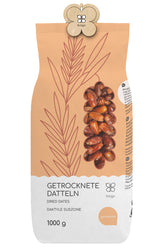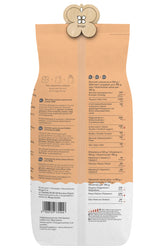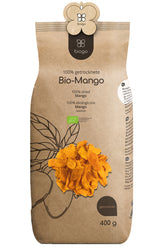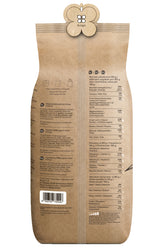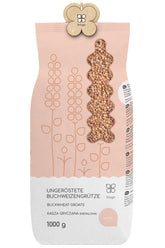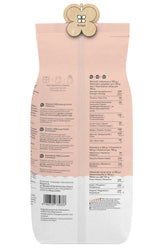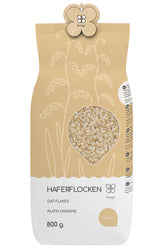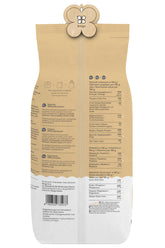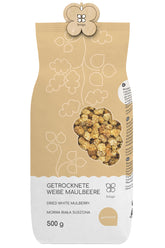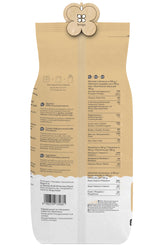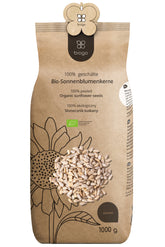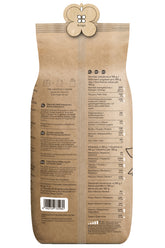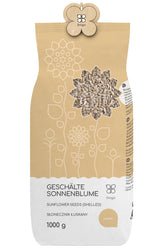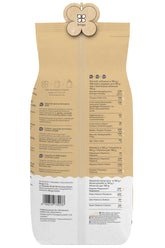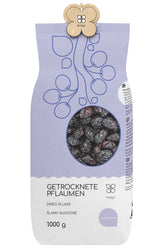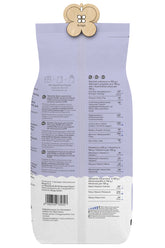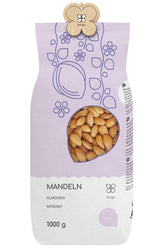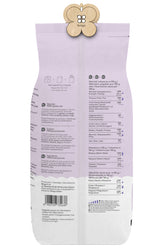Freeze-dried fruits and vegetables – healthy snack or marketing gimmick?
In today's world, where health and sustainability are becoming increasingly important, freeze-dried foods are growing in popularity. Whether apples, strawberries, or broccoli—the crispy snacks promise not only enjoyment but also plenty of nutrients. But are freeze-dried products really as healthy as they're often advertised to be? Or is this more of a marketing trick? In this blog post, we take a closer look at the advantages and disadvantages of freeze-dried fruits and vegetables.
What is freeze-drying?
Before we examine the pros and cons of freeze-dried fruits and vegetables, it's important to understand the freeze-drying process. This is a special procedure where food is first deep-frozen and then dried under a vacuum.
The advantage of this method is that the food retains its structure, color, and most of its nutrients. Compared to conventional drying at room temperature or in an oven, significantly more of the valuable components are preserved. Additionally, the end product is particularly crispy and aromatic.
Nutrient content of freeze-dried fruits and vegetables
One of the main reasons many people opt for freeze-dried fruits and vegetables is the supposedly high nutrient content. And indeed: Studies show that the freeze-drying method can preserve most vitamins, minerals, and phytonutrients.
For example, apples retain up to 97 percent of their vitamin C content, while broccoli retains 100 percent. Potassium, magnesium, and fiber are also present in high concentrations in freeze-dried fruits and vegetables.
However, there are exceptions: Certain vitamins like vitamin B1 and folic acid are more affected by the drying process. Overall, it can be said that freeze-dried foods are significantly more nutrient-rich compared to conventionally dried products.
Benefits of freeze-dried fruits and vegetables
In addition to the high nutrient content, freeze-drying offers further advantages:
Long shelf life
By removing water and oxygen, freeze-dried foods are significantly more durable than their fresh or conventionally dried counterparts. They can be stored at room temperature for up to 25 years without losing quality.
Easily digestible
Since the water content in freeze-dried fruits and vegetables is very low, the nutrients are absorbed particularly well by the body. In addition, the fibers are more finely structured, which aids digestion.
Practical and space-saving
Freeze-dried foods take up significantly less space than fresh or frozen products. They are therefore ideal for on-the-go or camping. Storage at home is also easier thanks to their compact form.
High-quality taste
Due to the gentle drying process, the color, aroma, and texture of the foods remain almost unchanged. Many people therefore find freeze-dried fruits and vegetables particularly tasty.
Disadvantages of freeze-dried fruits and vegetables
Despite the many advantages, there are also some points to consider with freeze-dried foods:
Higher price
The elaborate freeze-drying production process generally makes the products more expensive than conventionally dried or fresh goods. For many consumers, this can be a purchasing obstacle.
Sugar content can be high
To preserve the intense flavor, some manufacturers add sugar. Especially with dried fruits, the sugar content can therefore be significantly higher than in fresh fruits.
Processing level can be high
In addition to sugar, industrially produced freeze-dried products may also contain other additives such as flavors, colorings, or preservatives. Those who value minimally processed foods should therefore pay close attention to the ingredient list.
Loss of fiber
The drying process can partially destroy the fiber structures of the foods. Freeze-dried fruits and vegetables therefore often contain less fiber than fresh or conventionally dried products.
Conclusion: Freeze-dried foods – a healthy snack?
In summary, it can be said that freeze-dried fruits and vegetables can indeed be considered a healthy snack – provided they are high-quality, minimally processed products. The nutrient content is generally significantly higher than in conventionally dried foods, and the shelf life, digestibility, and taste are also convincing.
However, consumers should also keep the potential disadvantages in mind: the higher price, the sometimes high sugar content, and the loss of fiber are points that should play a role in the purchasing decision. Those who want to play it safe should opt for products that are as natural as possible and free from additives.
Ultimately, it depends on individual taste and personal preferences whether freeze-dried foods are the right snack. Those who want to play it safe can also opt for fresh fruits and vegetables – these are also an excellent choice in terms of nutrients.

